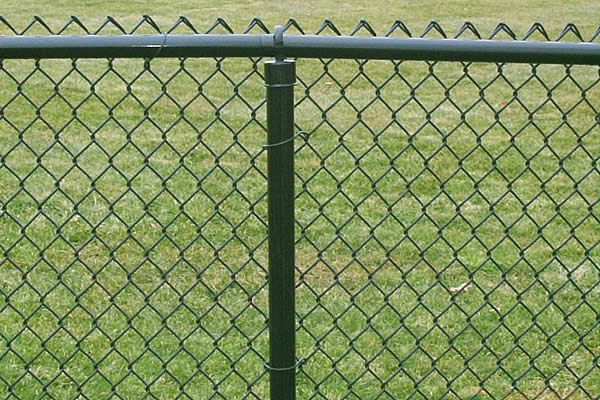 TEL:
+86-13102802206
TEL:
+86-13102802206
 Email:
fencenetting@china.com
Email:
fencenetting@china.com
 Language
Language
 TEL:
+86-13102802206
TEL:
+86-13102802206
 Email:
fencenetting@china.com
Email:
fencenetting@china.com
 Language
Language


Understanding Gabion Boxes Versatile Solutions for Modern Engineering
Gabion boxes, often considered a modern marvel in the realm of civil engineering and landscaping, have gained popularity for their structural integrity, aesthetic appeal, and environmental benefits. These wire mesh containers, typically filled with stones, gravel, or other materials, serve a variety of purposes in construction and design, making them an invaluable asset in today's infrastructure projects.
What Are Gabion Boxes?
At their core, gabion boxes are rectangular cages made from coated steel wire or welded wire mesh. They are filled with natural stone or recycled materials, creating a robust structure that is not only durable but also versatile. The origins of gabion use can be traced back to ancient times, where they were employed for erosion control and fortification. Today, they are widely utilized in various applications, including retaining walls, riverbank protection, sound barriers, and decorative landscaping elements.
Benefits of Gabion Boxes
1. Erosion Control One of the primary functions of gabion boxes is to combat soil erosion, particularly in areas prone to heavy rainfall or strong currents. By acting as a barrier, they stabilize the soil and prevent displacement, thus safeguarding the surrounding environment.
2. Structural Stability Gabion walls can absorb and dissipate the energy from moving water, making them an ideal solution for riverbanks and coastal areas. Their flexibility allows them to adapt to ground movement, providing reliable structural support.
3. Aesthetic Appeal Beyond their functional benefits, gabion boxes offer a unique aesthetic advantage. They can be filled with a variety of materials—ranging from natural stones to recycled glass—providing countless design possibilities. Architects and landscape designers often incorporate them into their projects to create visually striking features that blend seamlessly with nature.

4. Environmental Sustainability Utilizing locally sourced materials for filling gabions minimizes the carbon footprint associated with transportation. Additionally, the use of natural stones promotes biodiversity, as these structures can create habitats for local wildlife.
5. Cost-Effectiveness Gabion boxes are often more economical than traditional building materials. Their ease of installation reduces labor costs, and their longevity means lower maintenance expenses in the long run.
Applications of Gabion Boxes
The versatility of gabion boxes makes them suitable for various applications. In civil engineering, they are commonly used for constructing retaining walls, reinforcing slopes, and controlling water flow. In landscaping, they can be designed into planters, seating areas, or decorative walls, enhancing the outdoor experience for residents and visitors alike.
In addition to civil and landscaping applications, gabion boxes are increasingly used in urban settings as sound barriers along highways and train tracks. This not only addresses noise pollution but also contributes to a more pleasant urban environment.
Conclusion
Gabion boxes represent a unique blend of functionality, aesthetics, and sustainability in modern engineering and landscaping. As society continues to prioritize environmental considerations, the role of gabions in our infrastructure will likely expand. Their adaptability, coupled with the increasing awareness of ecological design, ensures that gabion boxes will remain a prominent feature in both urban and natural landscapes for years to come. Whether used for practical purposes or as a design element, gabion boxes exemplify how innovative solutions can harmonize with the environment.